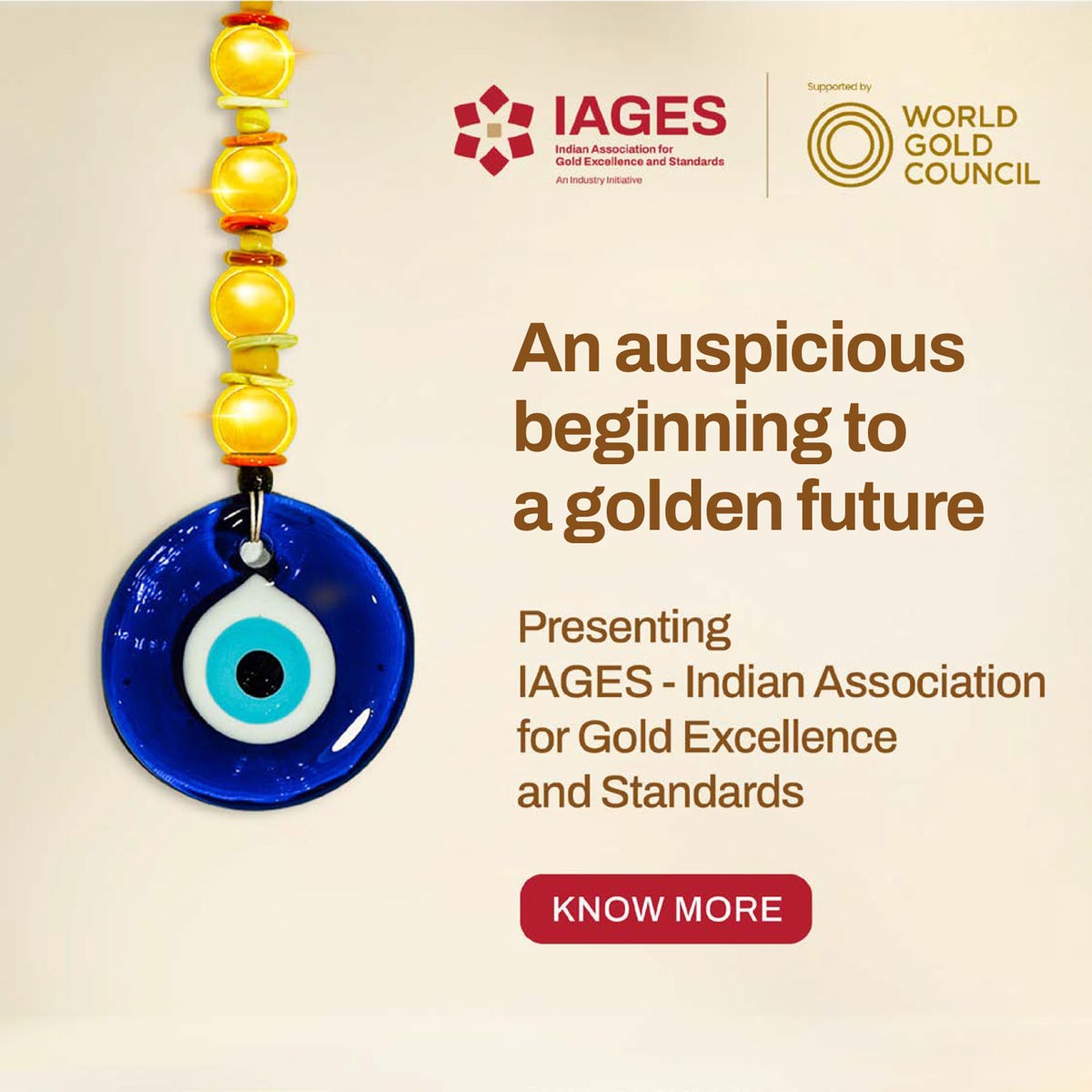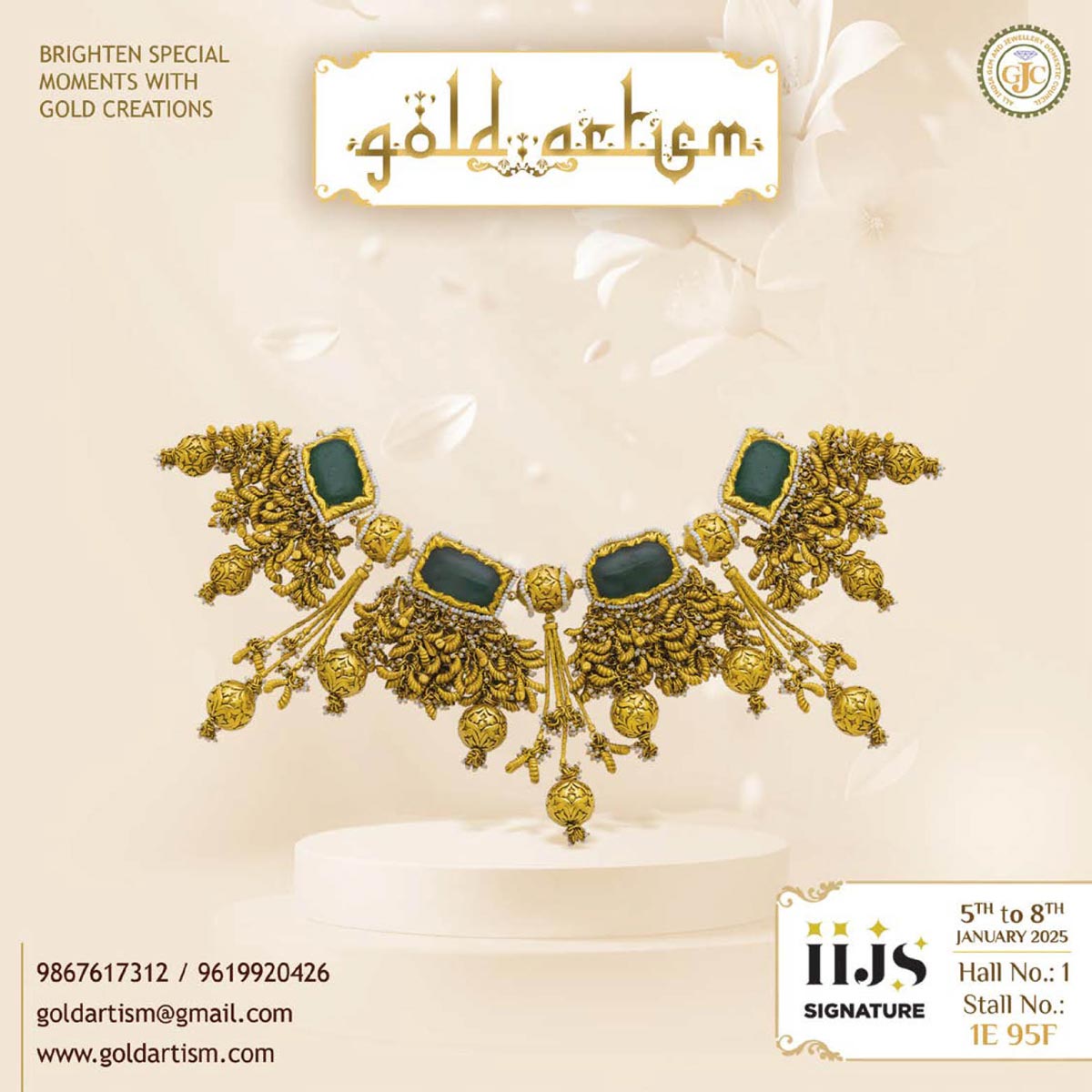RJ Market Watch
RBI Joins Other Central Banks in Gold Hunt

It has bought 50.4 tonnes since December 2017. Like Russia and China, the aim is to reduce dependence on the US dollar.
The much-coveted yellow metal has been losing its lure of late. Gold prices have been stagnating around $1,260 per ounce since 2016, pushing away investment demand from exchange traded funds and buyers of gold coin and bars. Changing cultural preferences has reduced sale of heavy gold jewellery in markets such as India even as the mine output has been increasing, exerting further pressure on prices. In these challenging times, gold has received support from an unexpected quarter — global central banks.
It was largely due to the purchase of 651 tonnes of gold by global central banks and other institutions in 2018, that the surplus in gold reduced to 75 tonnes, helping support prices. Additions to central bank reserves spiked 74 per cent last year.
Of particular interest is the fact that the Reserve Bank of India too has joined the gold buying bandwagon since December 2017.
Anti-Americanism
There is a definite pattern apparent in the countries that are leading this central bank gold hunt. Countries with a strong anti-American sentiment, that wish to reduce their dependence on the US dollar, top the list of nations that have been adding gold to their forex reserves in the last few years.
This buying spree has, in fact, been led by Russia and its allies. Russia has been steadily adding to its gold stock-pile since 2006 but the additions accelerated after 2014.
While average annual gold purchase by Russia averaged 81 tonnes between 2006 and 2013, this number spiked to 215 tonnes after 2014, when Russia’s incursion into Ukraine flared its conflict with the US. With these purchases, Russia now possesses the fifth largest gold reserves, with 2,113 tonnes. Almost one-fifth of Russia’s forex reserves are now held in the form of gold.
Another country that seems intent to add to its gold reserves is Turkey. Relations between Turkey and the US have been steadily deteriorating since 2016, when Turkey demanded that the US extradite a cleric who was suspected of being involved in the failed coup in Turkey that year.
With counter-moves by Turkey and US sanctions that followed further roiling the relations, it is not surprising that Turkey decided to bolster its war chest by purchasing 85.9 and 51.5 tonnes of gold in 2017 and 2018, respectively, according to World Gold Council.
China too has shown a growing penchant for gold in recent years with purchase of 454 tonnes of gold between 2003 and 2009 and another 604 tonnes between 2009 and 2015. The country has been adding gold over the past three years as well. Allies of Russia such as Kazakhstan, Uzbekistan, Tajikistan and Kyrgyz Republic are other nations that have been adding gold to their reserves over the last decade.
These countries are also making a conscious effort to reduce their dependence on dollar by reducing their investments in US government securities and trying to settle bi-lateral trade in local currencies.
 Why is RBI buying gold?
Why is RBI buying gold?
Besides the above countries that want the world to move towards de-dollarisation, few other central banks in emerging economies such as Poland, Hungary and India too seem to have decided to add to the gold reserves since late 2017.
There has been a long hiatus since the last time the RBI added gold to its reserves in 2009, when 200 tonnes was bought from the IMF. But there appears to have been a change in the central bank’s line of thought since 2017; a small quantity, 0.3 tonnes were added in December 2017.
But since March 2018, the RBI has been buying gold consistently, averaging 4.2 tonnes every month between March 2018 and December 2018. These purchases have continued in 2019, with purchases of 8.2 tonnes in the first two months this year. With these purchases, the country’s gold reserves have risen to 606 tonnes towards the end of February 2019.
It is obvious that the trade war unleashed by the US has made emerging economies, including India, nervous about future policies of the US government. The clear anti-globalisation stand taken by the current US government, and the scant respect displayed for policies that promote peace and inclusive growth have made it imperative to reduce dependence on the US currency; that can turn volatile in tandem with the policies of the government. The mounting debt in the US and unbridled printing of notes for successive quantitative easing programmes since 2009 have also eroded the intrinsic worth of the dollar significantly.
Unfortunately, there is no viable alternative to dollar yet among the currencies of other major economies. The euro has not really lived up to its promise due to the problems in the weaker economies in the Euro Zone and yuan’s aspiration to de-throne the greenback is still a couple of decades away. That leaves gold as the only alternative avenue for global central banks that wish to divert part of their reserves away from the dollar.
Lessons for you and me
Global central banks turning champions of gold, in one its worst years in recent times, will be sweet music to the ears of those who have stashed a large portion of their savings in the form of gold. For, it signals that gold retains its position as a premier store of value. An asset that is a store of value is one which is expected to retain its purchasing power in the future.
Gold has retained this position as a store of value for thousands of years due to its key features — durability, divisibility, portability and scarcity. Due to this position, gold has been accumulated by the wealthy, and the not-so-wealthy too, over centuries, and passed down from one generation to the next.
These accumulated wealth of households in the form of gold is unlikely to be depreciate significantly, as the consumption demand, while slowing in countries such as India, is increasing in the US, China, Hong Kong, Thailand and some countries in the Middle East.
Also, gold supplies are likely to diminish if its price declines below $1,200, which is the average cost of mining for top gold miners.
The central bank buying further emphasises that gold will continue to be viewed as a reliable diversifier and a hedge against volatility in other currencies.
But if you think that the money you park in gold is going to grow your wealth, as it did in the past, think again. That appears difficult, at least at this juncture.
Courtesy: Hindu Business Line




 Daily News2 months ago
Daily News2 months agoBvlgari adds designs to its pathbreaking mangalsutra collection ahead of wedding season

 Daily News1 month ago
Daily News1 month agoTrent, a TATA subsidiary, launches lab-grown diamond brand ‘Pome,’ shares surge 7.67%

 Daily News2 weeks ago
Daily News2 weeks agoMalabar Gold & Diamonds launches ‘Heritage Show’ in Mangalore, featuring jewellery inspired by Maharanis

 Daily News3 weeks ago
Daily News3 weeks agoSavji Dholakia’s visionary water conservation project ‘Bharatmata Sarovar’ reinforces commitment to sustainability
























